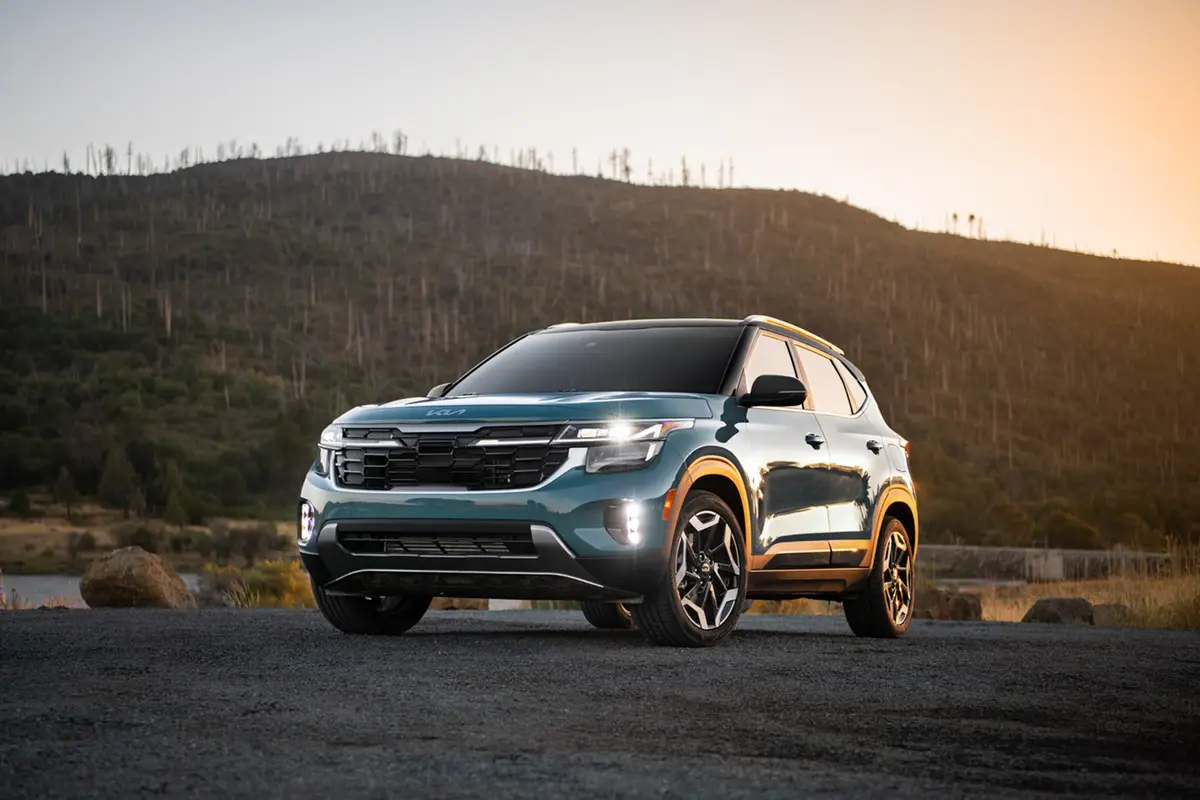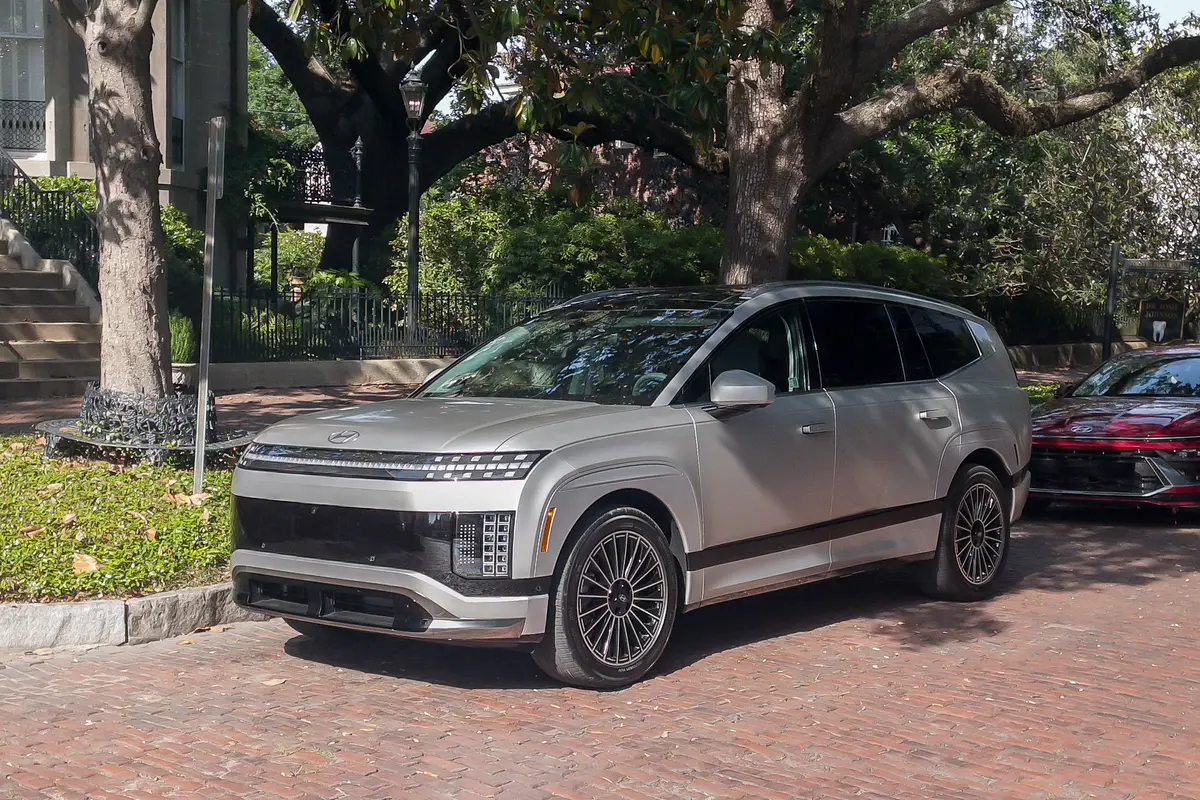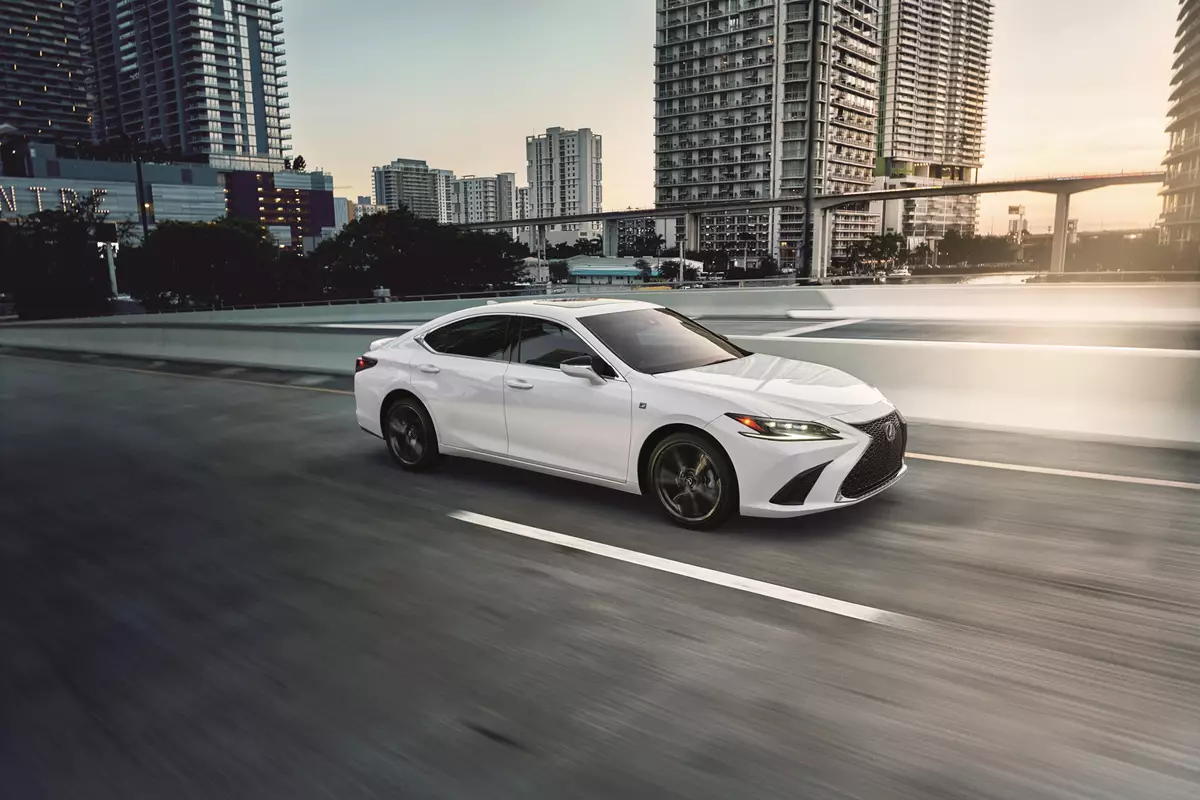The Morning Call and Mcall.com's view
This has been one heck of a winter with constant snow, frigid temperatures and too many thoughts of escaping to a palm tree-lined beach. While the Hyundai Santa Fe can’t help with the beach part, it can more than handle the rest.
But the question is: Would I really want to own a Hyundai Santa Fe?
In years past, I’d say those chances were slim. Hyundai’s name doesn’t exactly make an auto enthusiast’s blood boil. But as a somewhat stylish transportation appliance, this cute “ute” can muscle its way into your heart.
The Santa Fe appears to be a contender in this highly competitive slice of the market. Like its competition, which includes the Saturn Vue, Toyota RAV4, Honda CR-V, Ford Escape, Mazda Tribute, and Subaru Forrester, the Santa Fe isn’t a true truck-based SUV.
Hyundai uses the same platform as the Sonata.
There are three trim levels, Base, GLS and LX. The Base Santa Fe gets a 2.4-liter four-cylinder engine and a five-speed manual mated to a front-wheel-drive powertrain. This seems anemic.
Better to opt for the GLS, with its 2.7-liter double-overhead-cam V-6 rated at 173 horsepower. The GLS comes in either front-wheel-drive or full-time four-wheel-drive. A four-speed automatic transmission with manual shift capability is standard.
The LX has a 3.5-liter double-overhead-cam V-6 found in Hyundai’s top-of-the-line XG350. The 200 horsepower motor is optional on the GLS. The LX comes with front-wheel-drive or an electronic four-wheel-drive system. The LX operates in front-wheel-drive unless extra traction is needed, in which case power is sent to the rear wheels.
Hyundai supplied a 3.5-liter LX four-wheel-drive for testing.
Power from the 3.5-liter DOHC V-6 is more than sufficient. The 3.5-liter is mated to a five-speed automatic with manual shift control. Manually shifting the Hyundai’s transmission doesn’t even approach the real thing and an electronic nanny overrides you if it decides it should.
The electronic four-wheel-drive was designed by Borg-Warner and is mostly seamless. Once or twice the wheels slipped slightly before the electronic nannies kicked in with more traction.
There is more of a sense of what’s going on than in previous Hyundais. While there is still some rubbery feel in the drivetrain, it’s much better than the older models.
The same goes for the ride. Some softness in the Hyundai’s ride still exists, along with more than a little body lean. But Hyundai engineers have brought it well under control. Part of this is due to the fact that Hyundai uses special shocks, spring rates and suspension tuning with the electronic all-wheel-drive system.
Braking proved to be up to the task. Hyundai equips the Santa Fe with disc brakes at all four corners. Anti-lock and traction control are standard on 3.5-liter models, optional on other models. Other safety features include front and front side airbags.
Seats were comfortable both front and rear. It was easy to find a good driving position. The vehicle’s size seems just right from behind the wheel, with enough comfort and cargo space for four without seeming like you’re piloting the Queen Mary.
The test vehicle was very well-equipped, speaking to Hyundai’s more-for-the-money mantra. Leather seats with seat heaters, auto-dimming rear-view mirror, power door locks, windows and mirrors, 218-watt in-dash 6-CD Monsoon audio system and automatic climate control accented the interior. While the interior never exuded an upscale feeling, it did seem well-equipped for the price.
Mileage was excellent too, returning an astounding 21 mpg. That’s excellent for such a heavy four-wheel-drive vehicle.
Cargo capacity also is quite good, with 30 cubic feet of storage space.
So would I now own a Hyundai Santa Fe?
Probably not.
When summer hits, I want to drive something fun, rather than ehicle that reminds me of the misery I just endured.
Still for those looking for a moderately-priced, well-equipped, all-wheel-drive family hauler, the Hyundai Santa Fe shines with value.
Latest news



